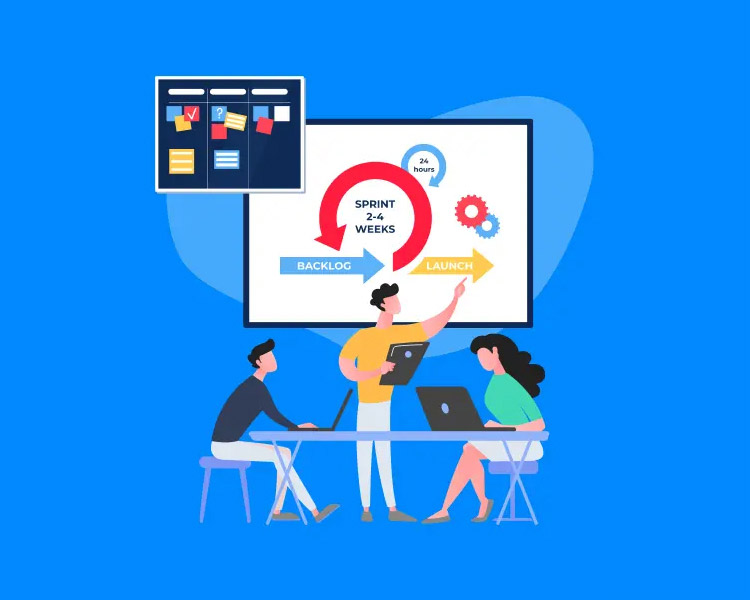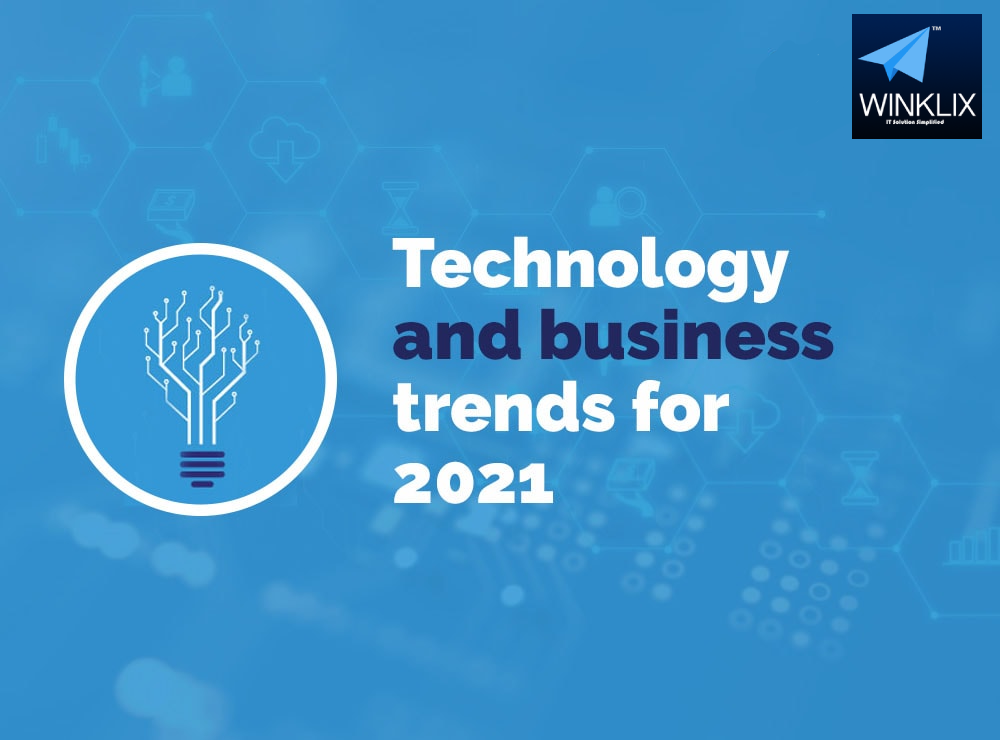Agile software development is an iterative and flexible approach that values customer satisfaction and responsiveness to changing requirements. One of the key principles of agile is to empower the team and the stakeholders to collaborate and continuously improve the product. In this context, self-service is a powerful approach to give more autonomy and ownership to the team and streamline the development process.
What is a self-service approach?
In a self-service approach, users are provided with tools and resources to help them perform certain tasks on their own, without the need for assistance from support or development teams. This approach is commonly used in industries such as retail, banking, and telecommunications, where customers can access services and information through online portals, mobile apps, or other self-service channels.
In Agile software development, a self-service approach can be used to empower users to perform tasks such as:
- Submitting and tracking issues or bugs
- Requesting new features or enhancements
- Accessing documentation and knowledge base
- Viewing project status and progress
- Providing feedback and suggestions
By providing users with these self-service options, Agile teams can reduce the burden on support and development teams, streamline the communication process, and increase user engagement and satisfaction.
Self-service means that the team and the stakeholders have access to the tools, information, and resources they need to perform their tasks and make decisions without relying on external dependencies or waiting for approvals. Self-service can reduce delays, misunderstandings, and errors, and increase transparency, engagement, and innovation.
Benefits of a Self-Service Approach in Agile Software Development
- Increased efficiency and productivity: By allowing users to perform certain tasks on their own, Agile teams can focus on more complex tasks and reduce the amount of time spent on support requests.
- Improved communication: Self-service channels provide users with real-time access to project status and updates, which can reduce the need for communication via email or phone.
- Increased user engagement: By providing users with the tools and resources they need to perform tasks, Agile teams can increase user engagement and satisfaction.
- Better project visibility: Self-service platforms provide Agile teams with real-time access to user requests and feedback, which can help identify areas for improvement and optimization
Here are some steps to implement self-service in agile software development:
- Define the scope and objectives: Self-service can apply to different areas of the software development life cycle, such as requirements gathering, testing, deployment, monitoring, and support. It is important to identify the areas that can benefit from self-service and the goals that can be achieved, such as reducing cycle time, increasing quality, or improving user experience.
- Identify the stakeholders: Self-service involves different roles, such as product owners, developers, testers, operations, and users. Each role has specific needs and expectations that can be addressed through self-service. It is important to involve the stakeholders in the definition and implementation of self-service and to communicate the benefits and limitations of the approach.
- Choose the tools and resources: Self-service requires access to the right tools and resources that can enable the stakeholders to perform their tasks efficiently and effectively. Examples of tools and resources are:
- Collaboration platforms, such as Jira, Trello, or Asana, allow the team and the stakeholders to communicate, share documents, and track progress.
- Automation frameworks, such as Jenkins, Ansible, or Chef, enable the team to automate repetitive tasks, such as building, testing and deploying software.
- Knowledge bases, wikis, or FAQs, that provide relevant information and guidelines to the team and the stakeholders.
- Monitoring and analytics tools, such as New Relic, Splunk, or Google Analytics, help the team and the stakeholders gather and analyze data about the product and the users.
- Establish the governance and policies: Self-service can increase agility and innovation, but it can also pose risks and challenges, such as security, compliance, or quality control. It is important to establish clear governance and policies that define the roles, responsibilities, and rules of engagement for self-service. Examples of governance and policies are:
- Access control and permissions, limit the access and privileges of the stakeholders based on their roles and responsibilities.
- Change management and version control, ensure that the changes to the product are tracked, tested, and validated before they are released.
- Quality assurance and testing, define the standards and criteria for the quality of the product and ensure that the self-service activities do not compromise the quality.
- Incident management and escalation, which establish the procedures and protocols for handling and resolving issues and incidents that may arise from self-service activities.
- Monitor and optimize the self-service: Self-service is a continuous improvement process that requires monitoring and optimization to ensure that it delivers the intended benefits and that it adapts to changing circumstances. It is important to collect feedback and metrics from the stakeholders and to use them to identify the areas of improvement, the best practices, and the success stories of self-service.
Self-service implementation challenges in agile software development
Although the self-service strategy is the answer to the issues we described above, it too has its share of difficulties. At first glance, the difficulties in implementing the self-service strategy may appear to be the very issues that it seeks to address rather than the answer to those issues. Let’s examine a few of these difficulties:
- These kinds of resources are necessary because you must have a solid awareness of the organization and its procedures.
- You must be aware of the typical data demands that your business makes, which, once again, necessitates the availability of resources.
- You must invest money upfront, therefore you need money as well.
These issues would seem to be the same ones that the self-service model aims to address. These are only the first difficulties, though. All stakeholders enjoy a smooth ride once an organization develops the self-service approach across all processes.
Conclusion
In conclusion, a self-service approach can be a powerful tool for Agile teams to manage their workload efficiently while maintaining high levels of customer satisfaction. By providing users with self-service options, Agile teams can reduce the burden on support and development teams, streamline communication, and increase user engagement and satisfaction. With the right tools and processes in place, Agile teams can successfully implement a self-service approach and achieve their project goals more effectively.




